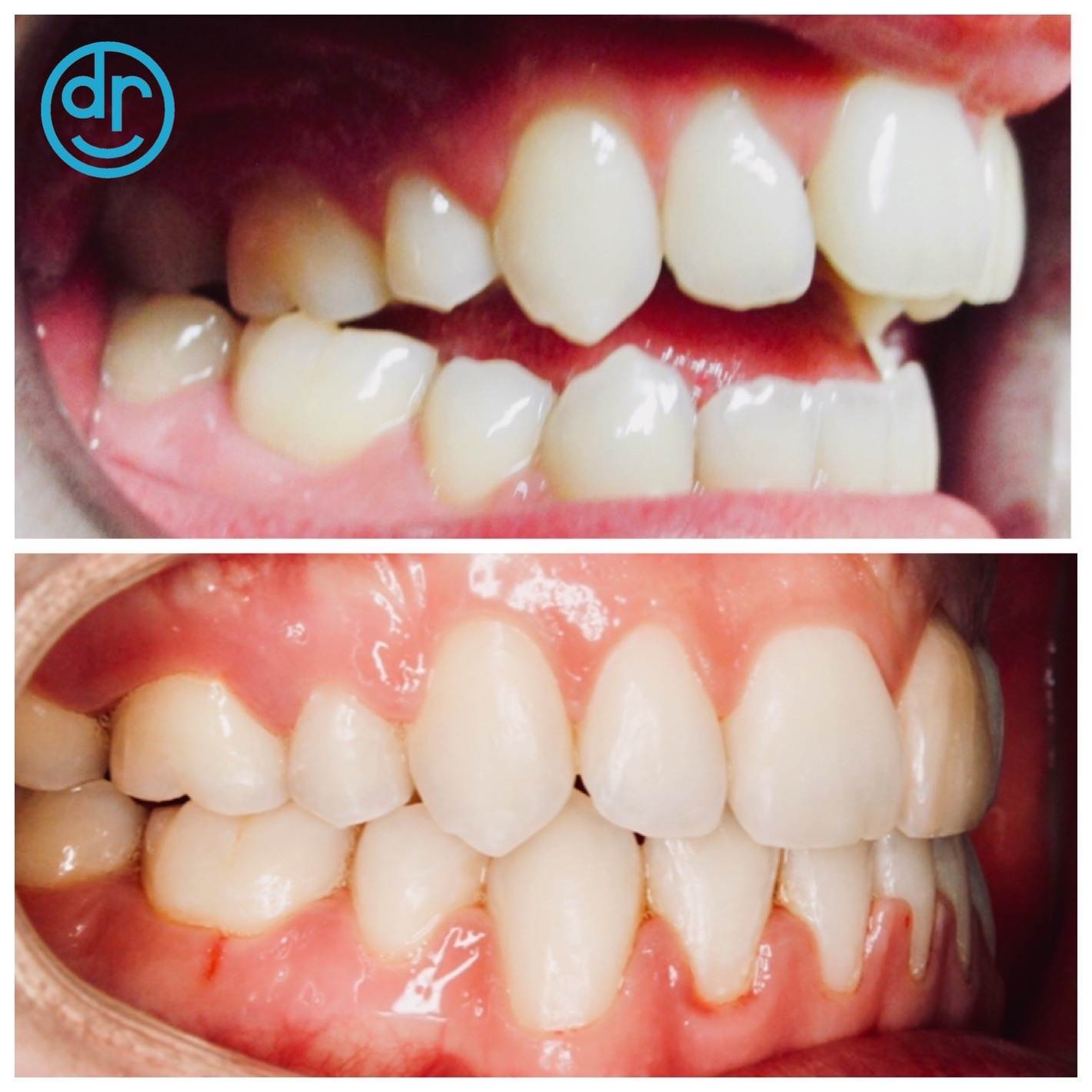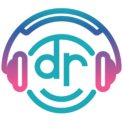Table of Contents
- Introduction to Early Signs That Your Kid Might Need Surgical Orthodontics
- Severe Jaw Misalignment
- Difficulty with Basic Functions (Chewing, Speaking, Breathing)
- Significant Facial Asymmetry
- Chronic Jaw Pain or Headaches
- Teeth that Don’t Meet Properly When the Mouth is Closed
- Delayed Growth of the Jaw
- Failed Orthodontic Treatment
- When to Consult a Specialist
- Conclusion

Introduction to Early Signs That Your Kid Might Need Surgical Orthodontics
A large part of being a parent is prioritizing the health and well-being of your children. While regular dental checkups are important for your child’s dental health, certain orthodontic issues may need surgical intervention. Being able to recognize the signs early can help to avoid long-term dental complications and keep your child’s oral health on track for their future. Here at dobie revolution orthodontics, we are ready to provide you with insight on the key indicators that your child may need a combination of orthodontic treatment and orthognathic jaw surgery (surgical orthodontics) and what you can do as a parent to address these concerns.
Are you in the New Haven/Shoreline area and concerned your child might need Surgical Orthodontics?
A free consultation with Dobie Revolution Orthodontics is always available.
Severe Jaw Misalignment
Recognizing Extreme Overbites, Underbites, or Crossbites
Jaw misalignment is one of the primary cases that we see as a need for surgical orthodontics. This can be classified by extreme cases of overbites, underbites, or crossbites which can result in improper alignment of your child’s teeth and jaws. This will typically make it difficult for your child to chew, speak, or even breathe correctly. An overbite is when the upper teeth significantly overlap the lower teeth, while an underbite is the opposite, when the lower teeth extend beyond the upper teeth. A crossbite is the misalignment of both the upper and lower teeth, affecting one or more teeth in your child’s mouth. As a parent, being able to identify these issues early can expedite the determination of whether or not surgery is required.
Impact of Jaw Misalignment on Facial Symmetry
Severe jaw misalignment affects functionality, but also impacts the appearance of your child’s face. When upper and lower jaws don’t align properly, it can cause facial asymmetry, leading to a skewed or uneven appearance. This imbalance can grow worse as your child ages, and can have lasting impacts on their self-esteem. Surgical orthodontics, like those offered by dobie revolution orthodontics, can help correct these misalignments to restore both function and esthetics.

Difficulty with Basic Functions (Chewing, Speaking, Breathing)
How Jaw Alignment Affects Daily Functions
As mentioned earlier, jaw misalignment can interfere with your child’s basic functions like chewing, speaking, and even breathing. The improper alignment may place excessive strain on the jaw muscles, making it difficult for children to chew properly. Speech issues, like lisps or slurs, also may arise from misaligned teeth or jaws. Breathing difficulties, while more rare, can happen in particular cases, especially if the upper jaw is too narrow or the lower jaw is too far back.
Identifying Functional Issues Early
If you can see that your child is having difficulties with chewing, speech development, or breathing, it may be time to get an orthodontic evaluation. If left untreated, these issues can, and likely will, worsen over time and might need to be addressed specifically through surgical treatment. Early identification allows for a more comprehensive treatment plan, and may even eliminate the need for surgery later on.

Significant Facial Asymmetry
Causes of Facial Asymmetry in Children
There are many contributing factors to facial asymmetry in children, including genetics, trauma, or developmental issues in their jaw. In most cases, asymmetry develops gradually as the jaw grows unevenly, which is why we put emphasis on early identification. The evident signs of this may include one side of your child’s face appearing higher, lower, or more prominent than the other.
When Facial Asymmetry Indicates the Need for Surgery
In children, minor asymmetry can be normal, but significant asymmetry is a sign of the potential need for surgical orthodontics in the future. If your child’s facial structure looks notably uneven, or the asymmetry is affecting their ability to chew, speak, or breathe, consult an Orthodontist to get a professional diagnosis and plan of action.
Chronic Jaw Pain or Headaches

Connection Between Jaw Pain and Orthodontic Issues
If your child is experiencing chronic jaw pain or frequent headaches, there may be an underlying orthodontic problem such as temporomandibular joint (TMJ) disorder or severe misalignment. When the teeth and jaw are not properly aligned, there is extra strain on the jaw muscles and joints, which will usually cause discomfort and pain for your child.
Understanding When Pain Signals a Need for Surgery
Be wary of your child constantly complaining of jaw pain or headaches. If you notice this and other common methods of pain relief don’t solve the issue, consider consulting with your Orthodontist. Usually, traditional orthodontic treatments can alleviate the symptoms, but in extreme cases surgery may be necessary to address the root cause.
Teeth that Don’t Meet Properly When the Mouth is Closed
What Causes Open Bite?
An open bite is when the upper and lower anterior teeth don’t overlap when the back teeth are touching. This can be caused by repetitive behavior such as thumb-sucking, tongue thrusting, or just simply by improper jaw growth. Open bites often interfere with children’s chewing, speech, and can also affect their facial appearance.
Correcting Severe Open Bites with Surgery
Most mild cases of open bite can be corrected with braces or other orthodontic appliances, but severe cases may require orthognathic jaw surgery. The surgery would help reposition the jaws, ensuring proper alignment and functionality and eliminating the gap between the upper and lower teeth.
Delayed Growth of the Jaw
Signs of Growth Discrepancies in the Jaw
During certain developmental stages in childhood, children will experience growth spurts in their jaw. When these growth spurts occur, some kids may experience delayed or uneven jaw growth, leading to functional and facial asymmetry issues. Signs of apparent delayed growth include an underdeveloped lower jaw or what looks like a protruding upper jaw.
Surgical Options for Correcting Growth Delays
In cases of delayed or uneven jaw growth, a combination of orthodontic treatment and orthognathic jaw surgery can help to correct this severe bite issue. This is typically done by surgically adjusting the position of the jaw, restoring proper alignment to prevent future complications. Sometimes patients require one jaw to be moved and other times both jaws are repositioned.
Failed Orthodontic Treatment
When Traditional Braces Aren’t Enough
Traditional braces are typically the go-to solution for minor and moderate orthodontic issues, but braces or Invisalign sometimes aren’t enough for more severe cases. If your child’s situation has been identified as severe, jaw surgery is likely the most efficient and effective way to solve the issue down the line. Identifying these issues early on, however, is very important so that ideal timing can be obtained.
Next Steps After Failed Orthodontic Treatment
If you choose the route of traditional orthodontics, such as braces or Invisalign (clear aligners), and the results don’t solve the targeted issue, jaw surgery may be the next step. If the issue continues to persist and affect your child’s day-to-day life, it may be the only option to properly correct the problem.
Dobie Revolution: Consistently Voted CT Magazine’s Top Dentists
When to Consult a Specialist
The general recommendation is for children to have their first orthodontic evaluation around age 7. However, unless major issues are noticed by you or your dentist, coming in for an evaluation by age 8 is certainly soon enough. Early diagnosis and treatment planning may be able to prevent the need for jaw surgery later on by addressing orthodontic issues during early development or before they become more severe. Your Orthodontist can also monitor your child’s development and intervene when necessary, thus reducing the odds that they might need surgery.
try the dobie revolution video game!

Conclusion
The best way to keep your child’s oral health in the best condition is to recognize the early warning signs discussed above. All of the conditions we mentioned in this post have fairly significant tells, and getting a surgical orthodontic evaluation if you notice any of them is best practice for proactivity. If you’ve noticed any of the signs mentioned above, don’t hesitate to consult with an Orthodontist. Here at dobie revolution orthodontics, we specialize in treating children with the most effective and personalized plans, so don’t hesitate to reach out to us for a complimentary consultation.













